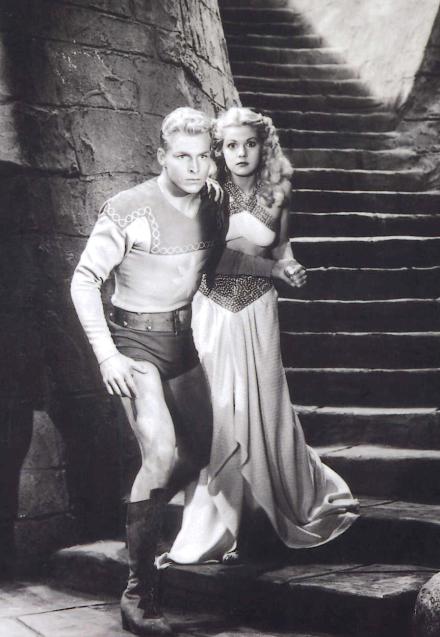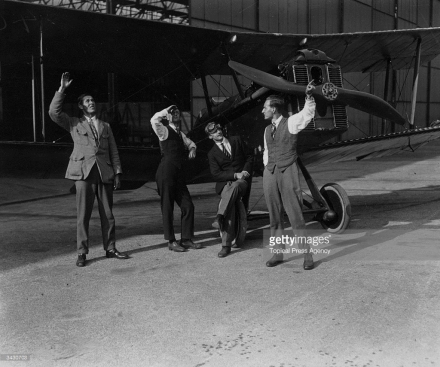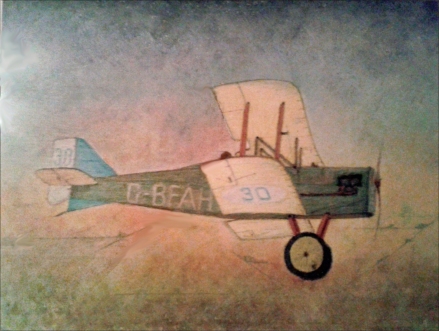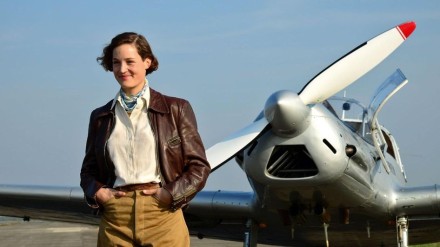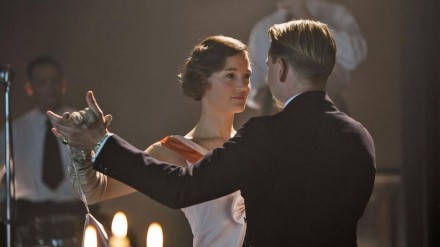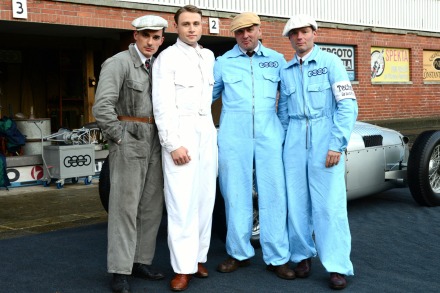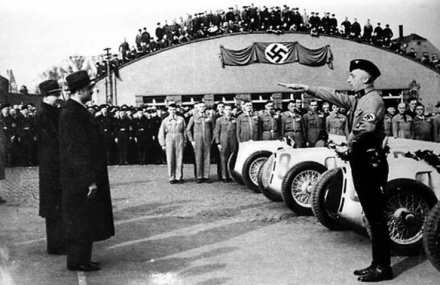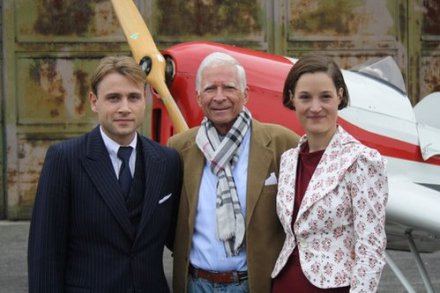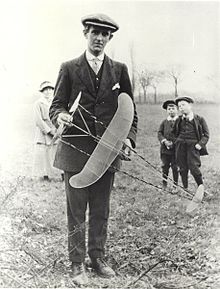
The art deco splendour of Ramsgate’s airport terminal – a Straight Corporation creation
The prodigiously talented young American racing driver, Whitney Straight, abandoned his chosen career at the ripe old age of 23. With no prospect of winning at the highest level of the sport without representing Nazi Germany, he turned to his other great passion – aviation – and founded the Straight Corporation Ltd. in early 1935.
Immediately he began looking for ways to invest in the aviation infrastructure of his adopted home country, Britain, thus the Straight Corporation set about buying up operator’s rights and expanding existing airfields, setting up flying clubs and taking a lead role in civil aviation.
The business grew rapidly through the mid-1930s and among the many Straight Corporation properties were the airports at Exeter, Ipswich, Ramsgate, Weston Super Mare, Bristol and Inverness. Whitney Straight himself also joined forces with the Miles aircraft company to produce a beautiful touring machine, the Miles Whitney Straight, in 1936.

The Miles Whitney Straight was a rakish air racer and tourer
As with his motor racing exploits, Straight very quickly inveigled his friend Dick Seaman in the new venture. No doubt arguing that Seaman also needed something to provide him with a future beyond racing, the younger man also gained his pilot’s licence and was listed as a director of many Straight Corporation-owned businesses. He was even the registered owner of a Short Scion airliner at the tender age of 22!
The Aeroplane recorded that, in January 1936, the Straight Corporation Ltd. of Brettenham House, Lancaster Gate, Strand, London, WC2 reported increase in capital of £45,000 over the registered capital of £75,000. Whitney Straight was himself stated to be director and also director of General Aircraft Ltd. Dumium Ltd, Air Commerce Ltd and Sidco Trust Ltd.
As well as a prominent businessman, Straight had also become a husband. In a classic meeting of backgrounds, he married Lady Daphne Margarita Finch-Hatton, whose father was Guy Montagu George Finch-Hatton, 14th Earl of Winchilsea and 9th Earl of Nottingham, but whose mother was Margaretta Armstrong Drexel, an American banker’s heiress. The couple had two daughters together.
In 1938, with war becoming an increasing certainty, Whitney Straight became a British citizen. When war broke out, the British government requisitioned most of the Straight Corporation’s airfields while he himself joined the Royal Air Force.
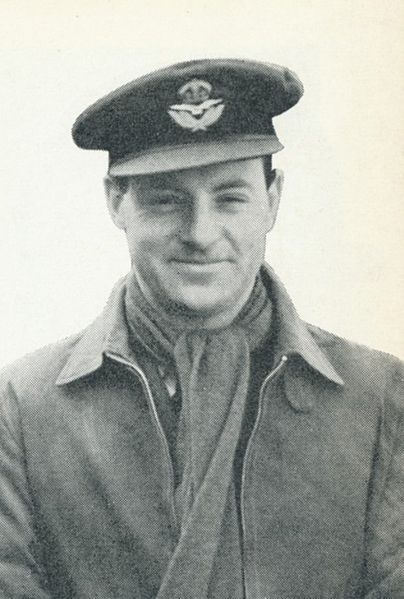
Whitney Straight in uniform as an RAF officer
Straight’s background in establishing, developing and managing successful airfields in peacetime doubtless played a key role in his first military assignment. He was dispatched to Norway in April 1940 to find frozen lakes suitable for use as airfields. The resultant RAF base at Lake Lesjaskog became home to the Gloster Gladiators of 263 Squadron, which fought a desperate battle against overwhelming forces during the Nazi invasion of Norway.
Straight himself was seriously wounded during the invasion and invalided back to Britain. After his recuperation, during which time the Blitzkrieg rolled its way through Belgium, Holland and France, he lobbied hard for a front-line role in the defence of Britain and was posted to 601 (County of London) Squadron, Royal Auxiliary Air Force – better known as the ‘Millionaires Squadron’.
Just like other Auxiliary units such as 610 Squadron, the early weeks of active service had taken a heavy toll on the wealthy ‘weekend warriors’ of 601. Straight flew with them from September 1940 until April 1941, during which time he was credited with two aircraft destroyed.

A 601 Squadron Hurricane being serviced in late 1940
He then became CO of 242 Squadron, formerly commanded by Douglas Bader, and was able to bring his total score to 3 and 1 shared (with 2 ‘probables’) by July 1941. It was on July 31st 1941 that his front line career ended, however, when he was shot down over France.
Straight was flying a 242 Squadron Hurricane II on a ROADSTEAD anti-shipping raid near Le Havre when his aircraft was hit by the defending flak ship, knocking its engine out. He managed to make a forced landing in a nearby field and made a run for it.
Thanks to his upbringing and considerable time in Europe, Straight was a fluent French speaker and because he chose to fly in a non-regulation leather jacket he was able to make his way to Rouen and catch a train to Paris. Here he found the US Embassy closed but finally managed to telephone and persuade a member of the embassy staff to bring a thousand francs to a nearby café where Straight was hiding in the lavatories.
He then took a train to Tours and crossed out of Nazi-occupied France into the Vichy state by swimming across the river Cher. After gathering himself together and drying out, he then took a bus to Chateauroux and a train to Toulouse, from where he boarded another train heading for Pau. On approaching Bedous, near the Spanish border, he was arrested and, realising the potential propaganda value he could hold for the Germans, he gave his name and rank as Captain Whitney of the Royal Army Service Corps.
It was known that Vichy France was repatriating wounded prisoners at this time, and thus Straight claimed to be suffering ear problems from wounds received in Norway and was successfully certified as unfit for further military service. There was a long delay before repatriation could be arranged and it wasn’t until March 1942 that he joined a party being sent through Spain via Perpignan.
On arrival in Perpignan, however, it appeared that the repatriation policy had been reversed. The party was turned back and sent to detention in Nice, where Straight continued to complain of trouble from his Norwegian wounds and was duly sent to the Pasteur Hospital in Nice.
Meanwhile in London, word had reached the War Office from the US Embassy that Whitney Straight was alive in Vichy captivity and orders were given to the escape line operated by Pat O’Leary (the nom-de-guerre of Belgian army doctor-turned-spy Albert-Marie Guérisse).
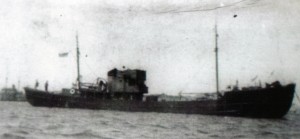
A top secret vessel: HMS Tarana
O’Leary’s network ran from Gibraltar through neutral Spain and into Vichy France. One of his operatives, Francis Blanchain, traveled to Nice and visited Straight in hospital, organizing a diversion with the assistance of a nurse, Nicole Brugere, during which Straight together with two more POWs – Polish bomber crewman Sergeant Stefan Miniakowski and British soldier Private Charles Knight – simply walked out of the hospital.
The three men joined four other prisoners of war and one member of the Special Operations Executive at St Pierre Plage, near Narbonne. In what was known as Operation BLUEBOTTLE, a former French trawler used by the British secret services at MI9 as HMS TARANA, gathered up the 17-strong party in a rowing boat and then sailed them to Gibraltar in mid-July 1942.
In September 1942, Straight was appointed Wing Commander and dispatched to the Middle East as AOC of 216 Group, the air transportation and logistics operation for the region. He remained in this position until the end of the war, returning to England to take over 46 Group, the principal Air Transport operation in the RAF.

Straight and Shaikh Khalifa of Bahrain in 1945
Straight returned to civilian life in 1946 and took up the position of deputy chairman at British European Airways before moving to the position of managing director and Chief Executive Officer of British Overseas Airways Corporation in 1947 – becoming BOAC Chairman in 1949.
Meanwhile, all around Straight there was plenty going on. His cousin Cornelius Vanderbilt Whitney was President of Pan-American Airways and was also appointed President Truman’s special envoy to the United Kingdom, Luxembourg, Spain and Italy, with the two cousins apparently embodying the ‘special relationship’ between Britain and the USA.
Straight was also involved in what would turn out to be a 30-year romance with Diana Barnato Walker, the daughter of Le Mans winner Woolf ‘Babe’ Barnato and a celebrated pilot in her own right. Together Straight and Diana had a son, Barney Barnato Walker, although he remained married to Daphne throughout his life.

Wartime heroine and Straight’s 30-year mistress, Diana Barnato Walker
In the meantime, Straight’s younger brother Michael was also getting some undesired attention for extracurricular interests. After flying with Whitney to South Africa in 1934, Michael Straight continued to travel and in 1935 he visited Russia – and later in the year went up to Cambridge, where he entered the circle of Communist ringleader Anthony Blunt.
Fearful of Nazism and disillusioned by British appeasement of Hitler, the teenage Straight was a ripe target for recruitment by the KGB – and legend has it that Stalin himself was kept abreast of the recruitment of the rich young American.

Cambridge spy, Anthony Blunt
When he completed his studies at Cambridge it was agreed that Straight would very publicly attack the Communist Party and its ethos, after which he feigned a nervous breakdown and travelled to the USA with his mother and stepfather.
Through his family contacts, Michael Straight was able to gain an audience with President Roosevelt, who refused to employ him on his permanent staff but offered to help him get a job at the State Department. It was a low-profile role and it allowed the young man plenty of opportunity to copy secret documents and smuggle them to his KGB controller, Iskhak Akhmerov.
When the USA entered the war, Michael Straight joined the Army Air Service and operations. At the war’s end he joined the editorial and management team of The New Republic political magazine, founded by his mother, but this venture foundered and his elder brother Whitney forced the closure of the business.
It was at this time that Whitney Straight, now on the board of Rolls-Royce’s aeronautics division, discovered to his horror that the Soviet Union had access to Rolls-Royce technology and that the MIG 15 front-line fighter was powered by a rip-off of the Rolls-Royce Derwent engine.

MIG fighters were powered by Rolls-Royce clones
This was nothing to do with his brother – in fact Britain’s socialist prime minister, Clement Attlee, had sent 40 Rolls-Royce engines to Russia under an export licence agreed by the Labour government. Straight immediately sued the Soviet government for breach of copyright, demanding £200 million in unpaid royalties… without success.
Michael Straight meanwhile decided that he wanted to follow the family route into American political life, when a background check by the Democratic Party revealed his Communist affiliations before World War 2. At the height of the Cold War, alarm bells went off on both sides of the Atlantic.
For the next decade, Michael Straight became a cause celebre of the American secret services, with information drawn from him in 1963 giving up Anthony Blunt as the ringleader of the Cambridge spy ring which included Donald Maclean, Guy Burgess and Kim Philby. No action was taken directly against Michael Straight by the US government, but many believed that by not revealing his secrets earlier, he allowed Burgess, McLean and Philby a free hand.
After his long years in the wilderness under FBI and CIA observation, Michael Straight returned to public life in the late 1960s as a patron of the arts and wrote several historical studies. His older sister, Beatrice, had long been involved in the arts as an actress, taking to the stage in England in 1939 and winning an Oscar for her role in the movie Network in 1976.

Whitney and Michael Straight’s sister Beatrice won an Oscar in 1976
Michael Straight died in 2004 at the age of 87, three years after his sister. By that time their older brother Whitney, the pioneering aviator and racing driver, war hero and airline grandee was also dead.
At the age of just 66 – and yet with more life lived than many of far greater years – Whitney Straight died at home in Fulham in 1979, leaving a large family and a quiet but unshakeable legacy of adventure and achievement. They were, and remain, a truly remarkable family.
